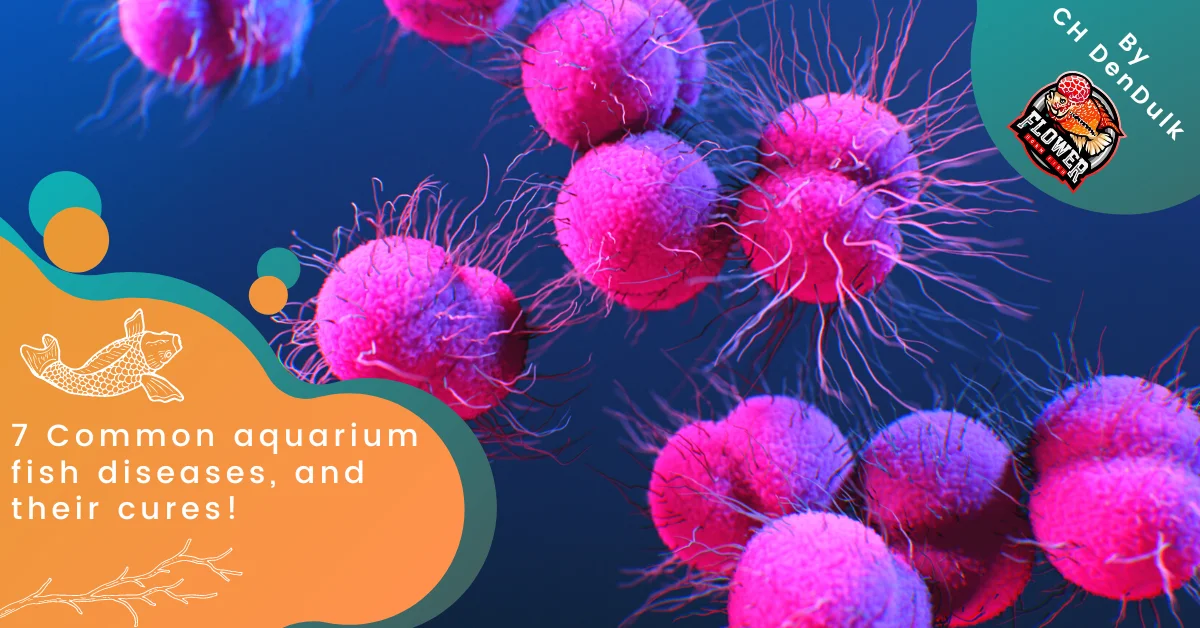10 tips to make you more successful at keeping fish!

Having patience and doing proper research is key:
Fishkeeping is a hobby that requires patience and dedication. It is important to research the specific needs of the fish you plan to keep, such as the appropriate tank size, water conditions, and diet. Be patient and it will pay off. If you rush things it might all go horribly wrong…
Stocking your aquarium slowly, and with the correct & compatible fish:
Stocking your aquarium correctly and slowly is important for the health and well-being of the fish. It is important to research the specific needs of the fish you plan to keep, including the appropriate aquarium size, water conditions, and diet. Additionally, it is important to stock your aquarium slowly to allow the fish to adjust to their new environment and to prevent overcrowding. When stocking an aquarium, it is recommended to start with a small number of fish and gradually increase the population over time. This allows the aquarium’s beneficial bacteria to adjust to the presence of the fish and helps to maintain a balanced environment.
It is also important to consider the compatibility of different species of fish when stocking your aquarium, as some species may not be able to coexist peacefully. It is also important to stock your aquarium with the right number of fish. Overstocking can cause problems like poor water quality and increased competition for resources, which can lead to stress, disease, and even death of the fish. Therefore, it’s important to consider the bio load of your aquarium as well, which is the total amount of waste produced by the fish and other inhabitants of the tank, and make sure that the tank can handle it.
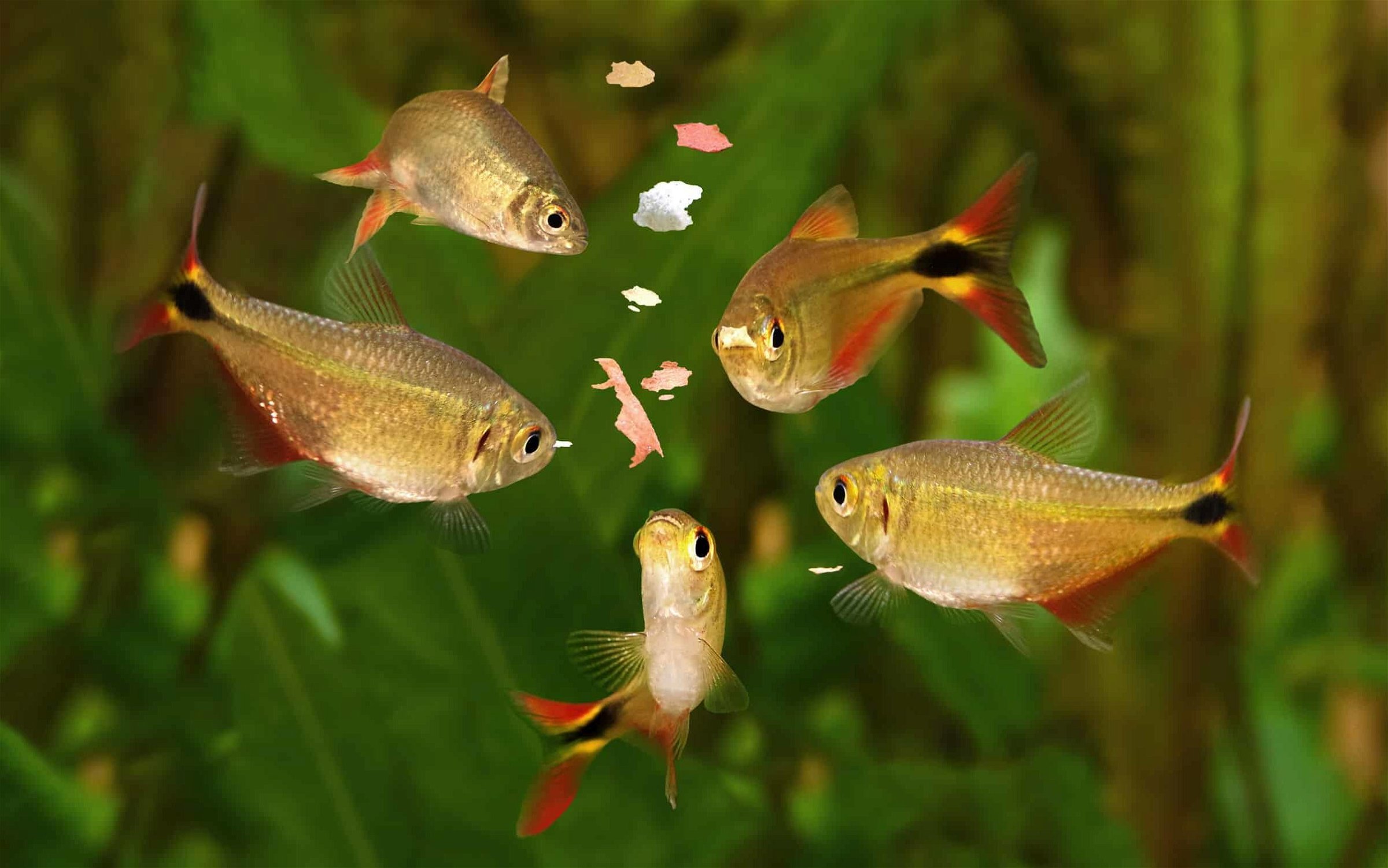
Don’t overfeed your fish:
Overfeeding fish is one of the common mistakes made by fishkeepers. Fish should be fed only as much as they can consume in a few minutes, once or twice a day. Any excess food that is not eaten will decompose and contribute to poor water quality. Overfeeding can also lead to fish becoming overweight and lazy, which can decrease their lifespan and overall health. It’s also important to note that different types of fish have different dietary requirements, and it’s essential to provide them with the right type and quantity of food. Some fish are herbivores and need a diet rich in algae and plant matter.
While others are carnivores and need a diet rich in protein. It’s also important to avoid overfeeding when feeding pellet or flake food, as these types of food tend to sink to the bottom of the tank and will be consumed by the fish slowly, so it’s easy to overfeed. In summary, overfeeding fish can lead to poor water quality, health problems, and reduced lifespan, so it’s important to feed them only as much as they can consume in a few minutes, once or twice a day. It’s also important to research the specific dietary needs of the fish you’re keeping and to provide them with the right type and quantity of food.
Buy as big an aquarium as you can afford:
Buying a larger aquarium is generally recommended for fishkeeping, as it allows for a more stable and diverse ecosystem for the fish. A larger tank also provides more swimming space for the fish and reduces the likelihood of water quality issues. Larger tanks also tend to be more stable in terms of temperature and pH, which can be important for certain species of fish. However, it’s important to keep in mind that a larger tank also means more maintenance, including more frequent water changes and more equipment. It also means a larger bioload, which is the total amount of waste produced by the fish and other inhabitants of the tank.
Therefore, it’s important to consider the size of the tank in relation to the number and type of fish you plan to keep and to make sure that you can afford the additional costs associated with a larger tank. It’s also important to consider the available space in your home, as a larger tank requires more space for setup and maintenance. Therefore, it’s important to buy as big a tank as you can afford and also have enough space for the tank. Buying a larger tank is generally recommended for fishkeeping, as it allows for a more stable and diverse ecosystem for the fish, but it’s important to consider the additional costs and maintenance associated with a larger tank, and also the available space in your home.
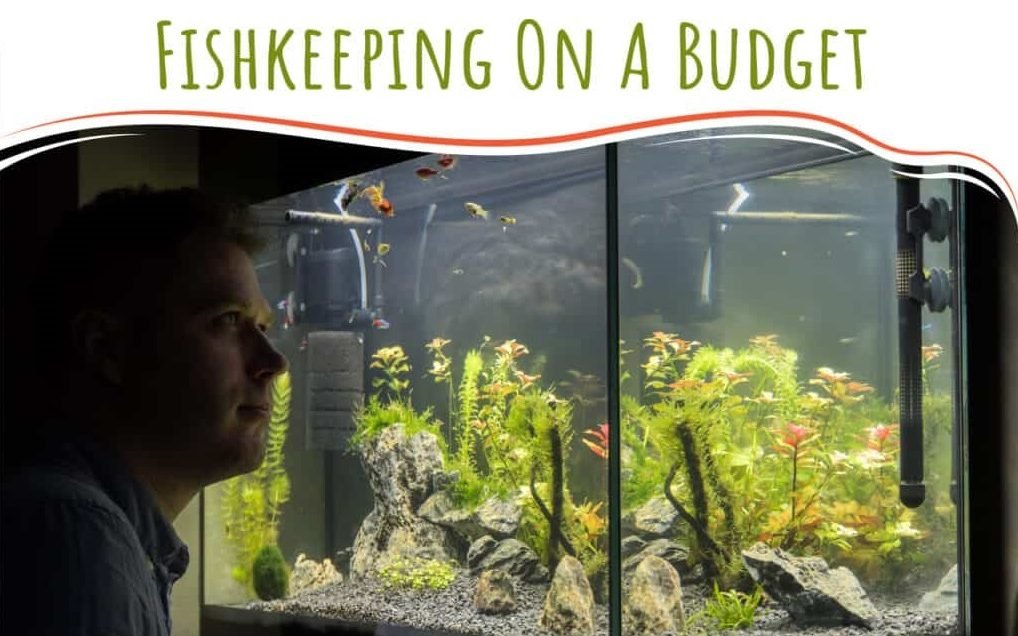
Start with easy aquarium fish first:
Starting with easy aquarium fish is a good idea for those new to fishkeeping, as they are generally hardier and more forgiving of common beginner mistakes. It’s also important to note that when starting with any fish, it’s important to research their specific needs, including the appropriate tank size, water conditions, and diet, and make sure that you can provide those before adding them to your tank. In summary, starting with easy aquarium fish is a good idea for those new to fishkeeping, as they are generally hardier and more forgiving of common beginner mistakes.
Make time for aquarium maintenance:
Making time for aquarium maintenance is essential for the health and well-being of the fish. Aquarium maintenance can be time-consuming, but it is essential to ensure the health and well-being of the fish. It’s important to set aside a specific time each week for maintenance and to make sure that you have the necessary tools and equipment on hand. It’s also important to establish a regular schedule for maintenance to ensure that it gets done on a regular basis and that you don’t miss any important tasks.
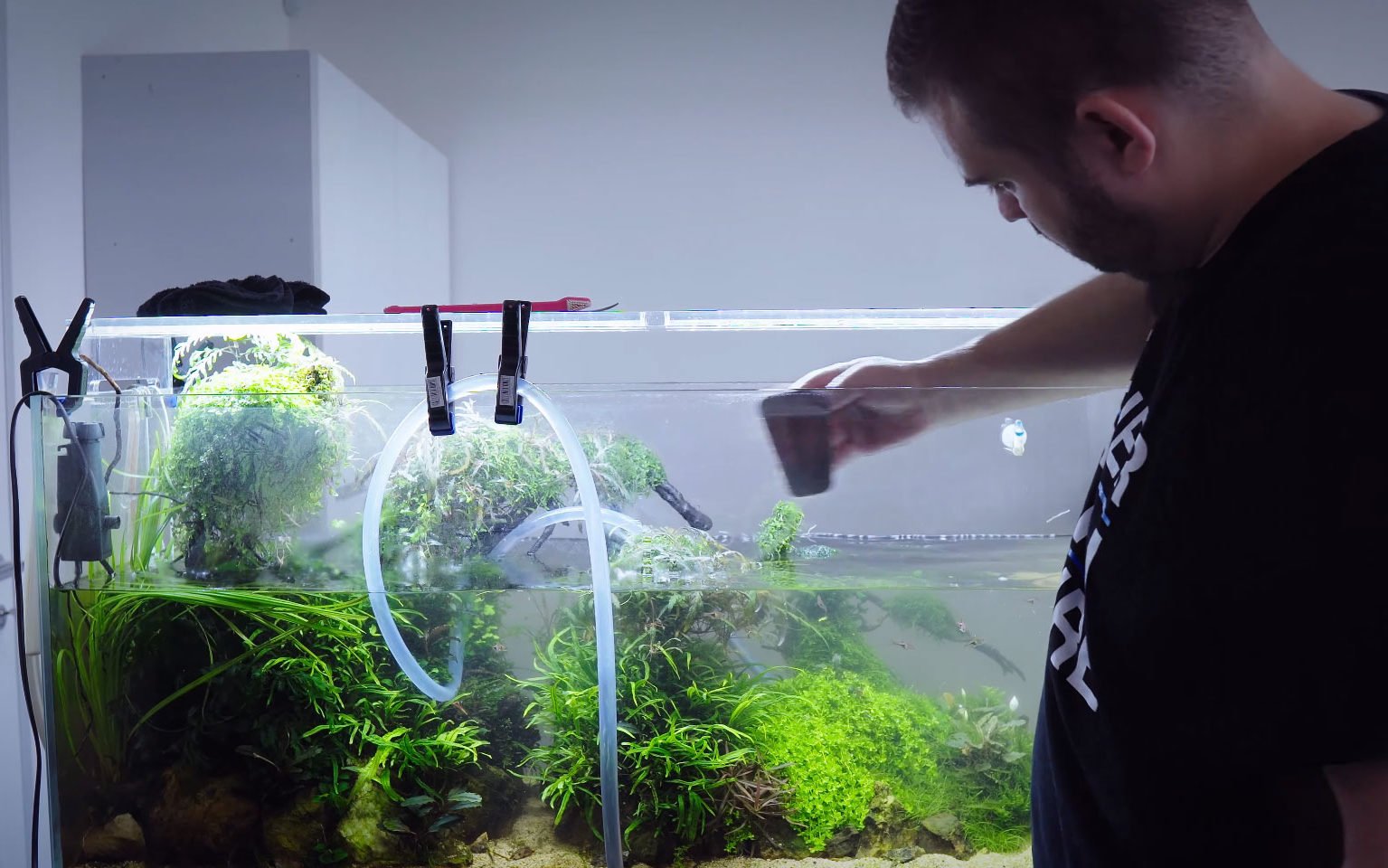
Set a realistic budget for setting up your aquarium:
Setting a realistic budget for your aquarium is important to ensure that you can provide for the needs of your fish and maintain a healthy environment for them. The cost of setting up and maintaining an aquarium can vary depending on the size of the tank, the type of fish you want to keep, and the equipment and accessories. Setting a realistic budget for your aquarium is important to ensure that you can provide for the needs of your fish and maintain a healthy environment for them. Some expenses to consider when setting a budget include tank and equipment, fish, substrate and decorations, food and water tests, and water/fish treatments.
Get a timer for your aquarium lights:
A timer for your aquarium light is a useful tool for maintaining a consistent light cycle for your fish. A consistent light cycle is important for the health and well-being of the fish, as it helps to regulate their natural feeding and sleeping patterns. Fish require a certain amount of light each day, usually around 8-12 hours, in order to keep their circadian rhythm in check. Additionally, it’s important to note that certain species of fish and plants require specific light cycles and intensity to thrive. Therefore, it’s important to research the specific needs of the fish and plants you plan to keep and to adjust the light cycle accordingly.
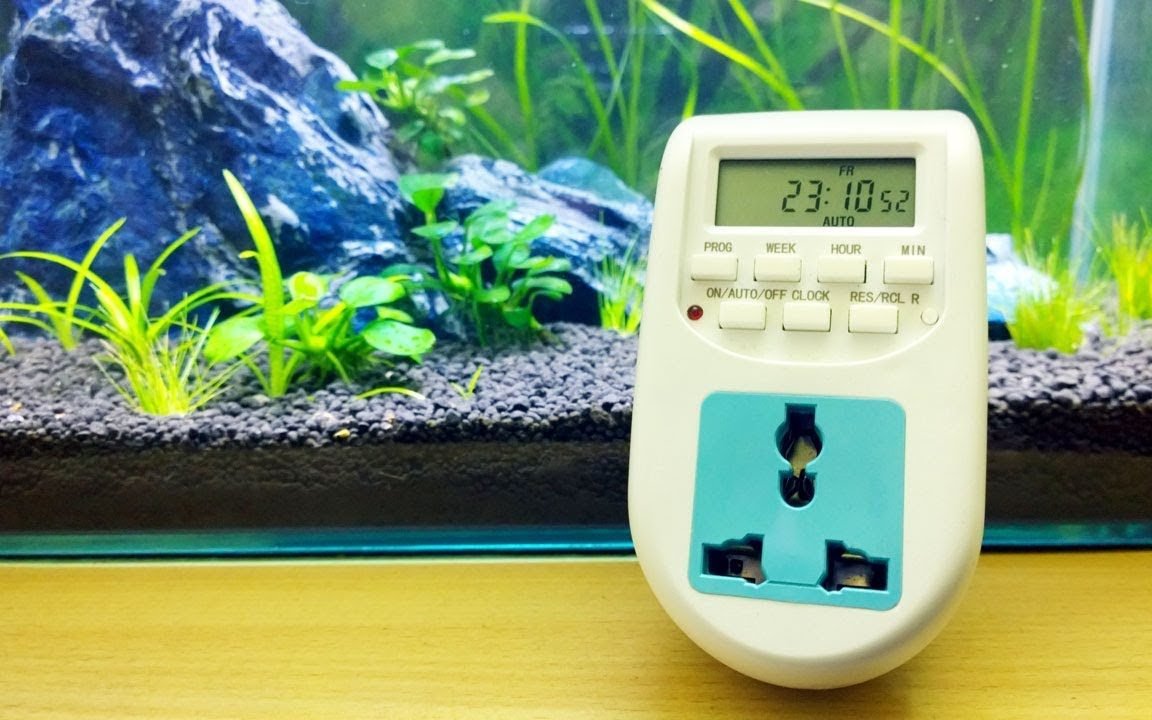
Test your aquarium water regularly:
Testing your aquarium water regularly is an important part of maintaining a healthy environment for your fish. Water testing helps to ensure that the water in your tank has the right levels of important parameters such as pH, ammonia, nitrite, and nitrate. These parameters can affect the health of your fish if they’re not at the appropriate levels. Different types of test kits are available for testing these parameters, such as liquid test kits or test strips. It’s important to choose a test kit that is appropriate for your tank and the type of fish you keep and to follow the instructions carefully. It’s recommended to test your aquarium water at least once a week or more frequently if you notice any signs of stress or illness in your fish. When testing the water, it’s important to take note of the results and make any necessary adjustments to the water chemistry, such as adding a pH buffer or doing a water change.
Dechlorinate your aquarium water:
Dechlorinating your aquarium water is an important step in preparing water for your aquarium to make it safe for your fish. Chlorine and chloramines, which are added to tap water as a disinfectant, can be harmful to fish and other aquatic life. These chemicals can damage the fish’s gills and other sensitive tissues, making it difficult for them to breathe.
There are a few ways to dechlorinate your aquarium water:
- Allow the water to sit out in an open container for 24 hours before adding it to the tank. Chlorine and chloramines will evaporate off during this time.
- Use a commercial dechlorinator product. These products neutralize chlorine and chloramines, making the water safe for fish.
- Use a reverse osmosis (RO) or deionization (DI) filter. These filters remove chlorine, chloramines, and other impurities from the water.
It’s also important to note that, when doing a water change, you should use water that is as close as possible in both temperature and pH to the water in the tank, in order to avoid causing stress to your fish. And that covers our top 10 tips for being successful in the fishkeeping hobby. Hopefully, these 10 tips I have shared with you today will come in handy when buying your first or even second aquarium!



